Table of Contents
- Home
- »
- Superbrewed Insights
- »
- 5 Things Every Business Can Learn From Apple’s Marketing Messaging
-
Wordbrew
- 5 minutes read time
5 Things Every Business Can Learn From Apple’s Marketing Messaging
- Home
- »
- Superbrewed Insights
- »
- 5 Things Every Business Can Learn From Apple’s Marketing Messaging
5 Things Every Business Can Learn From Apple’s Marketing Messaging
Table of Contents

There are more Apple users than people in France.
From iPhones to MacBooks, Apple is arguably the most recognizable brand in the world. Few companies have captured the hearts and minds of consumers the way Apple has, owing to its recognizable logo and innovative products.
To the untrained eye, Apple’s brand positioning feels ‘natural.’ But in reality, the tech giant owes a large chunk of its wild success to the subtle details in its copy –– hidden in plain sight.
In this article, we’ll explore five key takeaways that every business can adopt from Apple’s brand messaging.
Tip #1: Keep it simple
Unlike other companies that go overboard with their advertising campaigns, Apple keeps its marketing messaging straightforward. The tech giant pivots on simplicity and effectiveness.
One of the best examples is the 2006 “Get a Mac” campaign launch –– a series of ads featuring the characters PC and Mac. In one of the ads, viewers were shown the character PC falling ill due to viruses while Mac helps PC, unafraid as he cannot catch the virus. PC ultimately crashes while Mac stands around, completely unaffected. This simple ad clearly illustrated that Macs are less vulnerable to viruses than PCs. Other ads in the series championed the benefits of Mac in similar ways.
Despite the simplicity of the campaign, it successfully highlights the benefits of Macs compared to PCs. It showcases that less is more, and brands should double down on delivering a clear, concise message that connects with their target audience.
Overcomplicating your marketing messaging with excessive industry jargon only stretches the gap between the brand and the target audience. Cut the fluff. Focus on crafting concise and straightforward messaging to facilitate better comprehension and retention.
Tip #2: People care about benefits, not features
The market cared about “1000 songs in your pocket”—no mention of the engineering, unprecedented memory, and fashionable design. Five words were all it took to make this among the most iconic marketing campaign in history.
Instead of telling the audience what it has, Apple showed them what it could do with this product. After all, not everyone in the target audience understands the technical specifications of a product despite how impressive it may be.
This approach can be applied to various industries as the idea is to satiate a desire or solve an issue among the target consumers. For instance, a company selling copywriting services could focus on how outsourcing saves time for its clients.
Tip #3: Maintain your brand identity
Even amidst its rapid pace of technological advancement and disruptive innovations, every product and service still fits into Apple’s overarching brand identity. Its easily distinguishable and recognizable identity makes it a hallmark in the era of information overload.
Although the newer campaigns are more visually sharp and appealing, its story has not strayed far away from the old iPhone ads. Getting the right combination of having a well-fleshed-out mood board and a consistent tone of voice is essential.
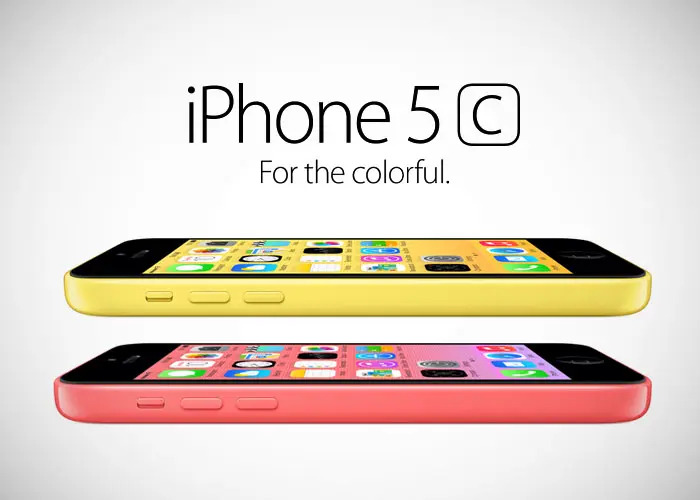
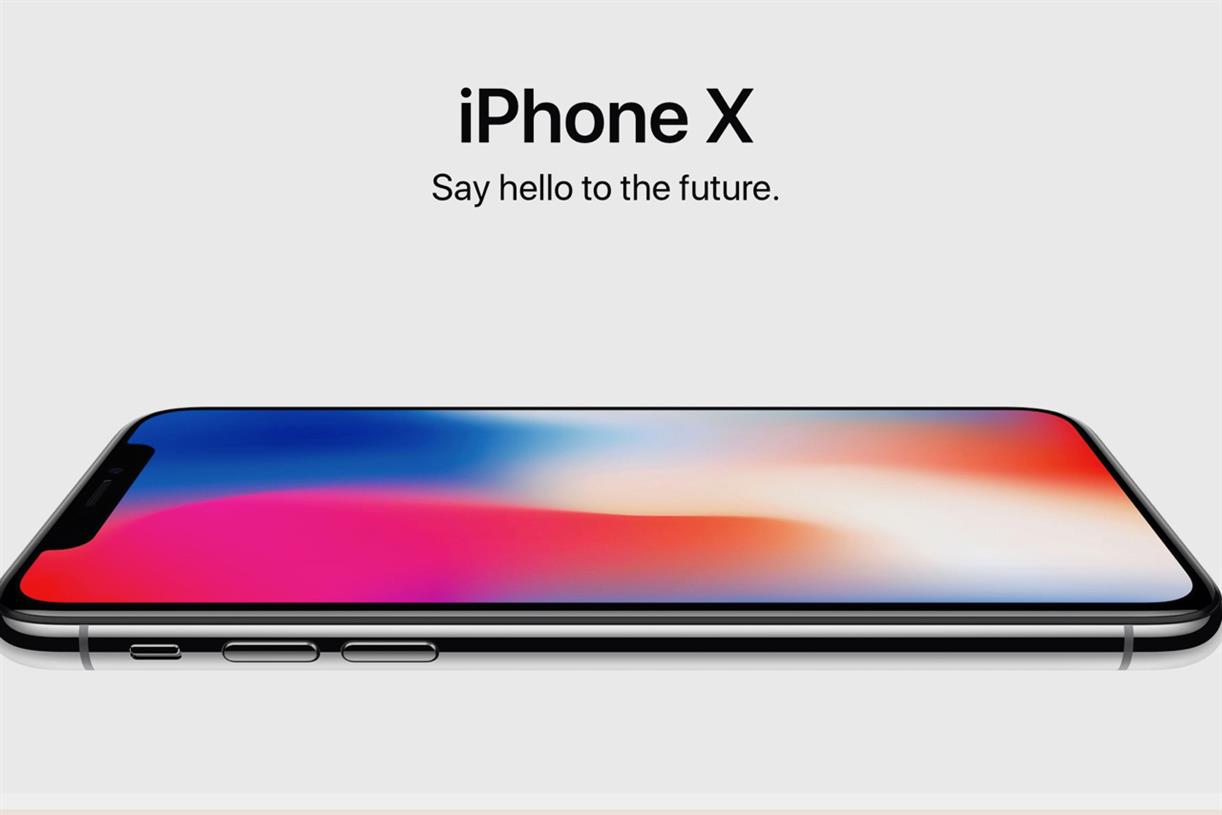
This consistency in brand identity creates a lasting impression and breeds customer familiarity. By maintaining a consistent brand identity, businesses can create a unique selling proposition that resonates with their target audience, leading to better brand recognition and customer loyalty.
Tip #4: Make your customer feel valued
Apple appreciates its customers, and they’re not afraid to show that.
The tech company often features user-generated content on their social media instead of internally produced content. Through “The Shot on iPhone” campaign, the big tech company showcases photos by iPhone users tagged with the hashtag #ShotoniPhone on Apple’s social media channels.
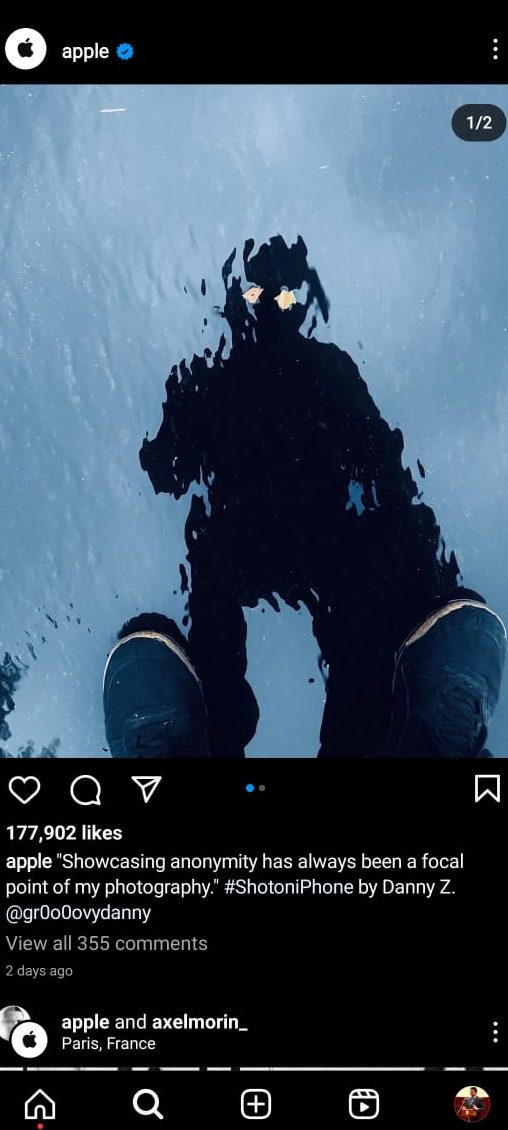
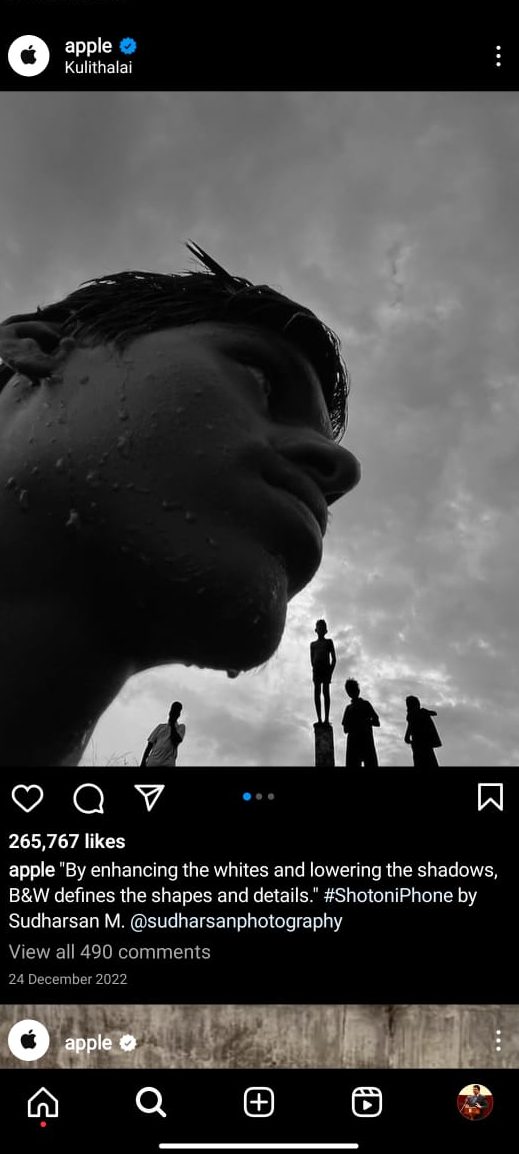
Another instance is the iPhone privacy campaign, where Apple emphasizes the importance of privacy and how its products protect it. By focusing on values important to its customers, Apple creates a deeper connection with existing and potential customers.
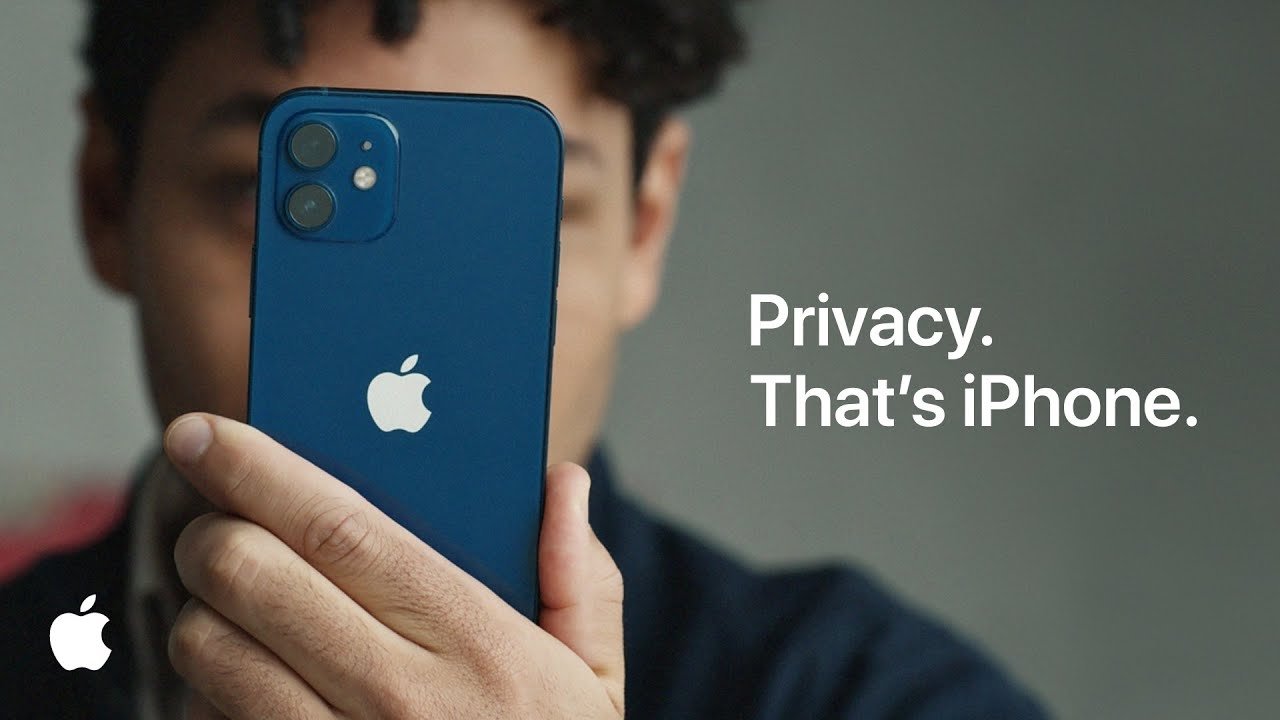
Tip #5: Embrace the power of storytelling
Storytelling is a powerful tool in marketing, and Apple has mastered the art of it. Apple’s commercials and advertisements tell compelling stories that evoke emotions and connect with the audience. This is no coincidence, as storytelling is integral to thought leadership content.
Through compelling narratives, thought leaders can capture their audience’s attention while positioning themselves as go-to sources of knowledge and inspiration. This gives them the power to influence and teach others, making a significant impact in their field.
For example, a company specializing in sustainability consulting can share stories of successful sustainable initiatives they have implemented for their clients. By sharing these stories, the company can establish itself as a thought leader in their field and showcase its expertise.
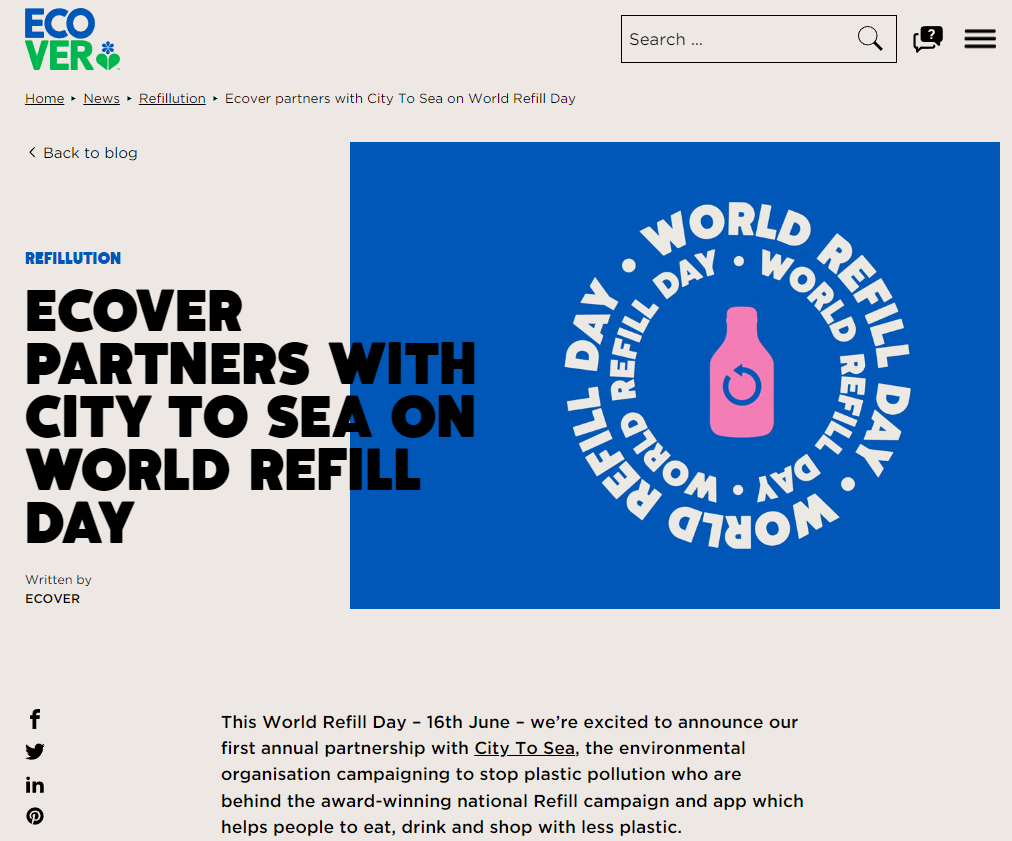
Similarly, a financial advisor could use storytelling to explain complex financial concepts and make them more accessible to clients. By sharing relatable stories, the advisor can help their clients understand financial planning and investments more effectively.
Final Thoughts
Apple has established itself as an authority in marketing by delivering simple and effective messaging that connects with its target audience.
The company focuses on highlighting the benefits of its products and services, tapping into the emotional aspect of its audience, and maintaining a consistent brand identity. Through its storytelling, Apple has positioned itself as a thought leader in the industry and conveyed its expertise and insights to its customers.
The lessons learned from Apple’s highly impactful marketing efforts can be used by any business to become a leading brand in a space.